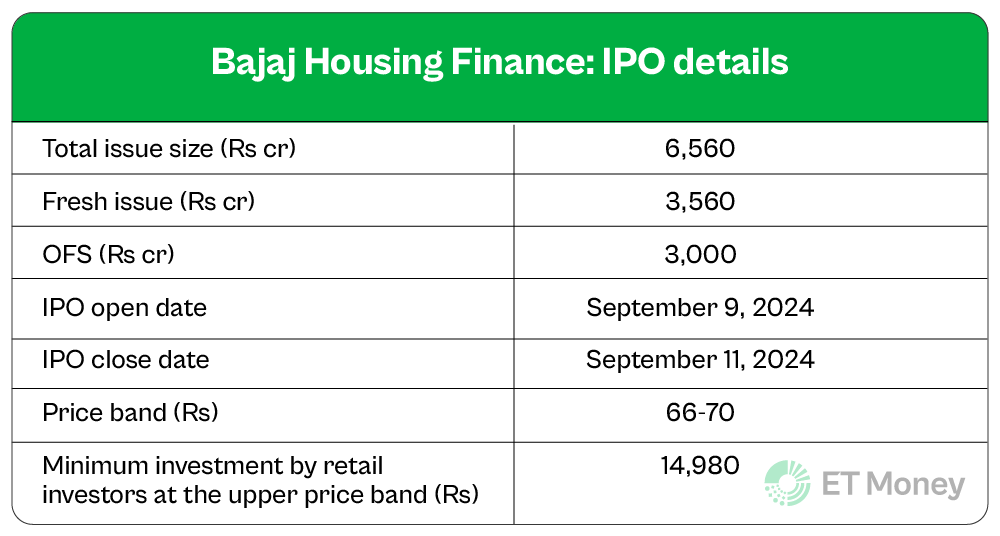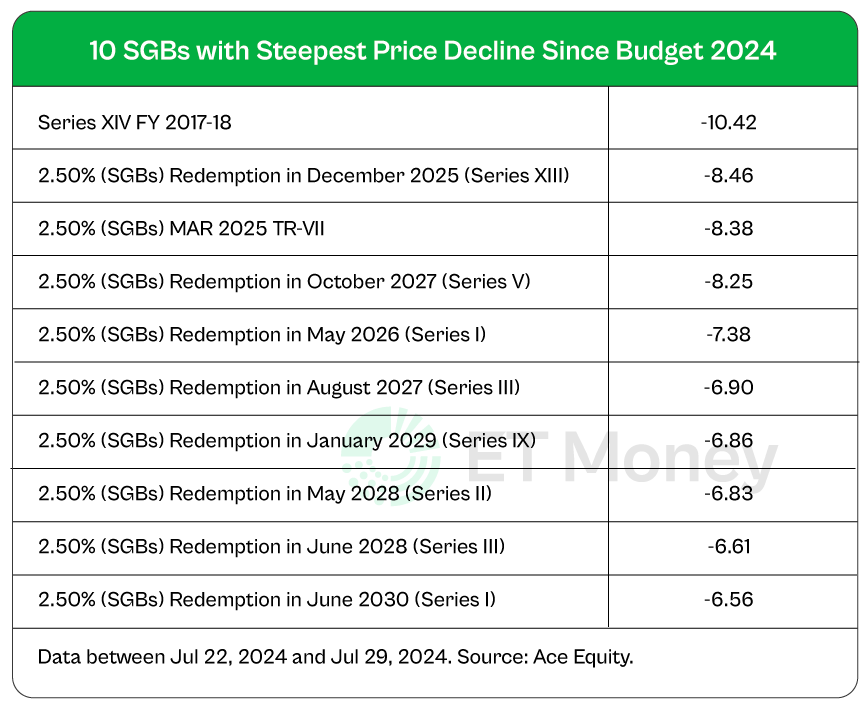There are 69 diversified equity schemes with over 20 years of history.
The latest entrant to this list is @ICICIPruMF's Value Discovery Fund.
Its long-term returns are impressive. (See image)
But it had its highs and lows.
A 🧵on its performance & strategy. 👇
The latest entrant to this list is @ICICIPruMF's Value Discovery Fund.
Its long-term returns are impressive. (See image)
But it had its highs and lows.
A 🧵on its performance & strategy. 👇

1. INVESTMENT STRATEGY
As the name suggests, this fund scouts for undervalued picks.
This often requires taking contrarian bets.
So, you can expect this fund to invest in sectors and market segments that are out of favour.
Let’s understand this with some examples.
As the name suggests, this fund scouts for undervalued picks.
This often requires taking contrarian bets.
So, you can expect this fund to invest in sectors and market segments that are out of favour.
Let’s understand this with some examples.
In 2007, infrastructure stocks did very well, and the rest of the market was cheap.
So, this fund looked at other sectors instead of infrastructure.
Another example. 👇
In 2020, it favoured metal, telecom, and PSU stocks, which were cheap relative to the market.
So, this fund looked at other sectors instead of infrastructure.
Another example. 👇
In 2020, it favoured metal, telecom, and PSU stocks, which were cheap relative to the market.
Recently, ICICI Pru MF CIO S Naren (who manages this fund with Dharmesh Kakkad) shared some interesting insights in media interviews.
He said that the fund’s underlying philosophy is value investing.
However, how they define "value" has evolved over time.
He said that the fund’s underlying philosophy is value investing.
However, how they define "value" has evolved over time.
What has changed?
Initially, their focus was on stocks with low PE and PB ratios.
But, this approach led to investing in sectors with poor long-term prospects.
So, over time, they invested in fairly valued good businesses rather than average businesses at a cheap valuation.
Initially, their focus was on stocks with low PE and PB ratios.
But, this approach led to investing in sectors with poor long-term prospects.
So, over time, they invested in fairly valued good businesses rather than average businesses at a cheap valuation.
Let’s now focus on the portfolio of this scheme.
Off late, the fund has tilted towards large caps.
One reason could be the valuation comfort that large-cap stocks offer at this point, as opposed to mid-cap and small-cap companies.
The other reason is its colossal size.
Off late, the fund has tilted towards large caps.
One reason could be the valuation comfort that large-cap stocks offer at this point, as opposed to mid-cap and small-cap companies.
The other reason is its colossal size.
ICICI Pru Value Discovery Fund’s AUM has grown 7.41 times in the past 10 years.
In a recent interview, Naren mentioned that with their assets crossing Rs 50,000 crore, they have gravitated towards large caps.
In a recent interview, Naren mentioned that with their assets crossing Rs 50,000 crore, they have gravitated towards large caps.
Insights into Top Bets
In its early years, it used to be mid and small-cap-oriented due to its smaller size.
Now, broadly, 70% of its portfolio is in large-cap stocks.
If you look at its top 10 stocks, the large-cap bias is clear.
Also, they are all well-known names.
In its early years, it used to be mid and small-cap-oriented due to its smaller size.
Now, broadly, 70% of its portfolio is in large-cap stocks.
If you look at its top 10 stocks, the large-cap bias is clear.
Also, they are all well-known names.

High Cash Holding
Given the stretched valuations at this point, Naren has increased the fund’s cash holdings in the last few months. (See image)
In Aug, cash holdings increased to nearly 18% (it was around 12% in Jan).
Given the stretched valuations at this point, Naren has increased the fund’s cash holdings in the last few months. (See image)
In Aug, cash holdings increased to nearly 18% (it was around 12% in Jan).
2. PERFORMANCE
Value investing requires patience.
Time and again, this fund has tested investors' patience.
In years like 2007, 2017, or 2019, it didn’t perform as well as other funds.
Probably because it avoided the flavour of the season (like infra stocks in 2007).
But more often than not, it has bounced back.
Value investing requires patience.
Time and again, this fund has tested investors' patience.
In years like 2007, 2017, or 2019, it didn’t perform as well as other funds.
Probably because it avoided the flavour of the season (like infra stocks in 2007).
But more often than not, it has bounced back.

The fund also went against the herd in 2017, which resulted in poor performance.
But investors have been rewarded handsomely post 2020.
So, you can expect cycles of outperformance and underperformance.
What about its overall long-term performance?
Let’s check annual and rolling returns to find an answer.
But investors have been rewarded handsomely post 2020.
So, you can expect cycles of outperformance and underperformance.
What about its overall long-term performance?
Let’s check annual and rolling returns to find an answer.
Annual Returns
The fund has beaten its category average in 13 out of 20 years.
And it has done better than its benchmark in 14 out of 20 years.
It has also outperformed the Flexi Cap category average in 14 out of 20 years.
The fund has beaten its category average in 13 out of 20 years.
And it has done better than its benchmark in 14 out of 20 years.
It has also outperformed the Flexi Cap category average in 14 out of 20 years.

Rolling Returns
Since its launch in 2004, the fund has outperformed its benchmark over any 10-year period.
For any 5-year and 7-year periods, the outperformance is above 80%.
So, the ride has been rough in the short term, but investors have been rewarded in the long run.
Since its launch in 2004, the fund has outperformed its benchmark over any 10-year period.
For any 5-year and 7-year periods, the outperformance is above 80%.
So, the ride has been rough in the short term, but investors have been rewarded in the long run.

Downside Protection
We also checked the fund’s performance during tough times.
Since this fund’s launch, there have been 20 quarters when the Nifty 500 ended in the red.
In 11/20 quarters, the fund has fallen less than its benchmark.
Fell less than peers in 15/20 quarters.
We also checked the fund’s performance during tough times.
Since this fund’s launch, there have been 20 quarters when the Nifty 500 ended in the red.
In 11/20 quarters, the fund has fallen less than its benchmark.
Fell less than peers in 15/20 quarters.
WRAP UP
The fund takes contrarian bets.
Its long-term performance is impressive, but expect returns to be cyclical.
You will need to be patient and wait for the bets to deliver.
The fund takes contrarian bets.
Its long-term performance is impressive, but expect returns to be cyclical.
You will need to be patient and wait for the bets to deliver.
If you found this useful, show some love.❤️
Please like, share, and retweet the first tweet.
Please like, share, and retweet the first tweet.
https://x.com/ETMONEY/status/1840297051474801023
• • •
Missing some Tweet in this thread? You can try to
force a refresh











